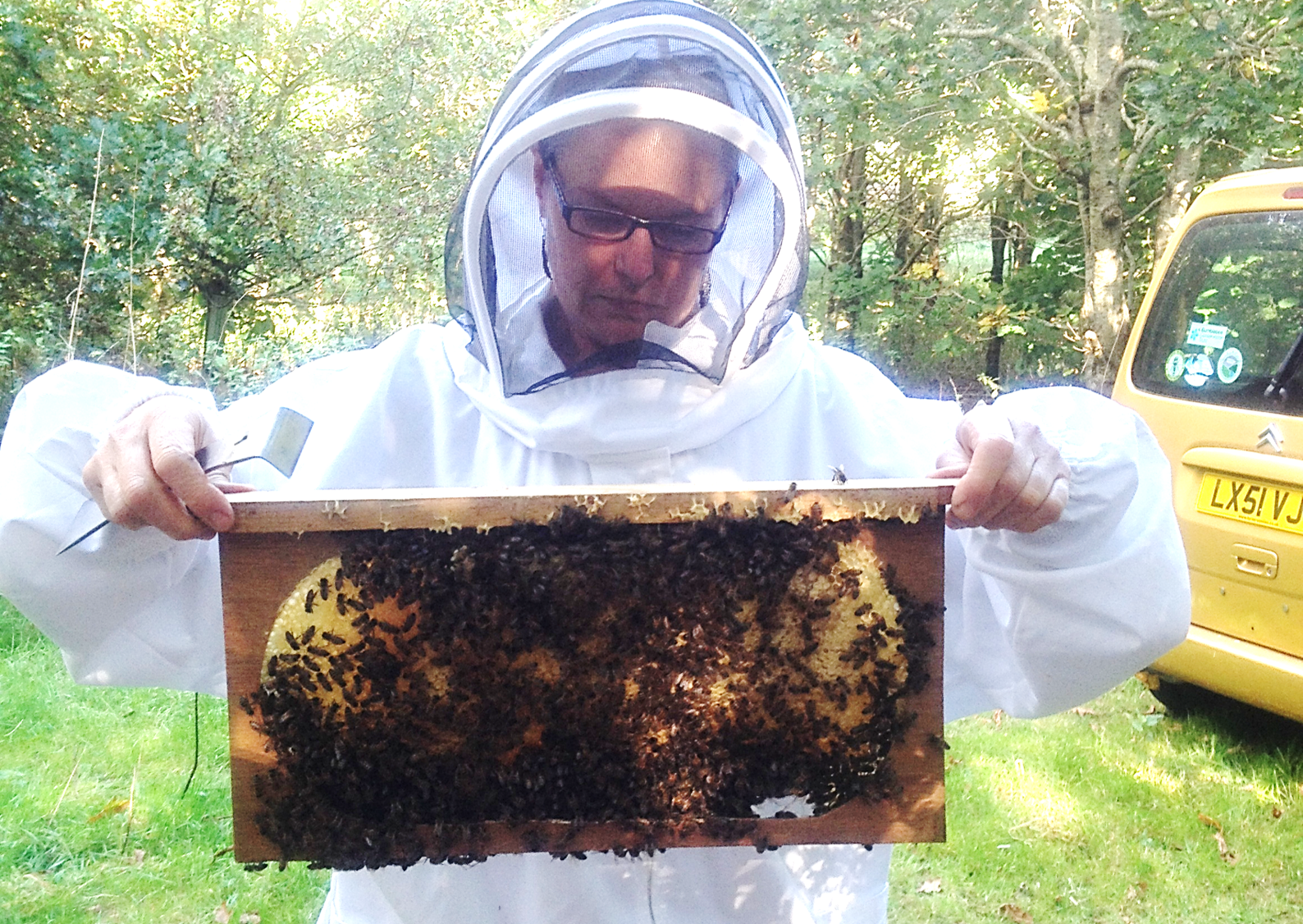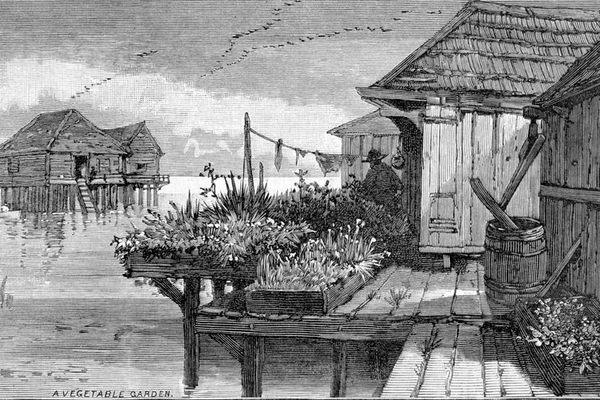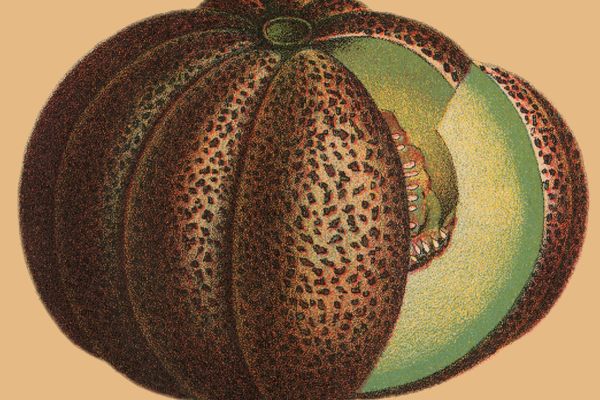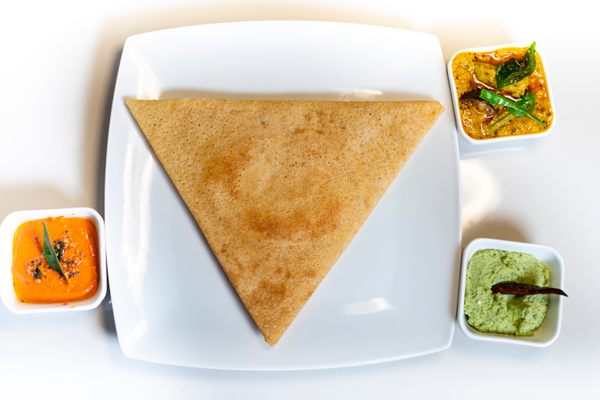What Does It Take to Breed a New Honeybee?
One monk bred a “superbee.”

Though a tranquil place, Buckfast Abbey, in Devon, England, buzzes with activities. Along with an active monastery, the grounds sport a restaurant, a conference center, and a “bee department,” complete with a community apiary. Buckfast Abbey is also known as the producer of Buckfast Tonic Wine, an infamously strong and caffeinated beverage, some of which is made at an onsite facility. But in addition to wine, the Abbey is the original home of a special bee, bred by one of the brothers to be a world-renowned honey producer.
This seminal achievement was incited by a tragedy. Even in medieval times, Buckfast Abbey monks had raised bees, but in 1916, Isle of Wight disease decimated its apiaries. Experts still debate the nature of the malady, with most suggesting it was caused by parasitic mites. But it soon killed off nearly all of Great Britain’s native bees, including 30 of the Abbey’s 46 colonies.

This was the situation facing Karl Kehrle, a young beekeeper. Better known as Brother Adam, he’d arrived at Buckfast Abbey as an 11-year-old. Lay brothers typically learned practical skills, which was especially important, since the Abbey was restored almost entirely by the monks starting in the late 19th century. But “Adam wasn’t robust enough to be a stonemason,” says Clare Densley, the bee department manager of Buckfast Abbey. So instead, Brother Adam began caring for the Abbey’s bees.
The bees’ plight proved an inspiration. Brother Adam started breeding bees that could resist Isle of Wight disease, but according to Densley, he soon slipped over into “trying to make the perfect bee.” What followed was decades of passionate bee breeding.
Traditionally, bee breeding requires isolation. That’s according to Dr. Elina Niño. An assistant cooperative specialist for the University of California Cooperative Extension at University of Davis, California, she researches honeybee health and queen bee reproduction, while promoting measures to help bees in agricultural and urban areas. Unlike breeding other animals, bee crosses can be hard to predict and control. Queen bees mate on the wing (that is, while flying), and can venture more than 100 feet into the air or two miles away. This meant bee breeders like Brother Adam used distant locales (“Like an island,” says Niño). In addition, since only the queen bee lays eggs in a hive, Densley explains that they can mate with dozens of drones from another hive on a single flight, for “as much diversity as possible.” This makes patience and time commitment all the more important.

But monks are well suited for isolation and time-consuming tasks. Brother Adam travelled the world looking for bees with positive qualities, crossing Europe, the Middle East, and North Africa. Once he had specimens in hand, he worked a few miles from the abbey at a remote location on Dartmoor. (“Dartmoor for us is a very wild place,” says Densley, meaning there were few other apiaries about.) Brother Adam eventually bred a bee with a varied heritage and excellent resistance: the Buckfast bee.
It was a sensational accomplishment. As a foremost honeybee expert, Brother Adam wrote myriad books and articles about bee keeping and breeding during his efforts. In 1973, Queen Elizabeth awarded him an Order of the British Empire for his work. Today, the Buckfast bee is considered a prime choice for commercial beekeepers, and it’s popular in Germany, Holland, and Denmark. When Brother Adam died in 1996, his obituary in the Washington Post reverently called his creation “the legendary ‘Buckfast Superbee.’” The New York Times did the same, adding that the Buckfast bee was “regarded by many apiarists as the healthiest and most prolific honey producer ever bred.” According to Densley, some of its magic is tied up in the romantic figure of Brother Adam himself. “There were people doing what Adam did 20 years before, and even before that. But they didn’t wear a black frock,” says Densley.

Yet the Abbey itself no longer breeds Buckfast bees. It doesn’t commercially produce honey anymore either, since the monks decided to stop for financial reasons in 2010. These days, “you can’t make money with honey,” says Densely. The Abbey apiary downsized from 400 to 30 colonies and mainly runs educational and therapeutic programs. The bees at Buckfast are now what Densley calls locally adapted “Devon mongrels,” and she thinks that’s a good thing. “Research is showing that bees are better if they’re outbred, instead of inbred,” she says.
What with drought, disease, and pests such as Varroa mites, bees are in trouble. Contemporary bee breeding is often undertaken to develop hardier bees. The result is insects such as the Minnesota Hygienic Bee, developed by entomologist Marla Spivak. Minnesota Hygienic bees are bred to detect and remove ill or infected pupae. Yet crossing bees for specific traits takes years, and unselected control populations are often needed for comparison. “It’s somebody’s full-time job to keep some of these lines going,” says Niño.

As for who’s breeding for favorable bee traits, it’s being undertaken by the USDA, as well as researchers at universities. These days, queen bees can be instrumentally inseminated, a much more controllable process. Outside of a lab, breeding bees can take a village. In order for communities to do selective breeding, local beekeepers have to cooperate to avoid surprise crosses. This can be difficult, with the rise of backyard beekeeping: “You might think you’re alone, but usually there’s someone around who has bees,” says Niño. Associations and clubs also exist that collectively select colonies for locally desired bee traits, she says.
It’s tempting, then, to imagine breeding a new superbee, one that could resist more diseases and stressors while producing ever-more honey. It might even seem imperative, given human love for honey and the agricultural need for pollinators. “It almost sounds like playing God, right? But we’ve been doing it forever, especially with plants,” Niño says, pointing to the success of breeders such as Susan Cobey and her New World Carniolan bees. She adds that breeding an ideal bee is a great goal, yet reiterates the difficulty, “especially when it comes to dealing with the biotic challenges that bees have,” such as pests and disease.

On the other hand, Densley doesn’t think it’s feasible. “When you’re trying to select characteristics to make the bees better for us, you’re kind of upsetting what the bees are trying to do to keep healthy,” she says. At Buckfast Abbey, Densley does what she calls “gentle” selection for traits such as good temperament, but in the end, she’s of the opinion that humanity has done enough to bees. “We’ve changed the world, really. We should be putting things back to make it easier for them, instead of trying to change them to cope with all the mess we’re making.”
That’s actually part of of Niño’s work in California: encouraging people to plant forage for bees, meaning different varieties of plants to provide pollen and nectar. California’s enduring drought, she says, is affecting the plants that provide food for bees, and there’s no way to breed around that. Bees can be bred for resistance, she says. However, “you can’t breed a bee that would be okay without eating.”
Gastro Obscura covers the world’s most wondrous food and drink.
Sign up for our email, delivered twice a week.



































Follow us on Twitter to get the latest on the world's hidden wonders.
Like us on Facebook to get the latest on the world's hidden wonders.
Follow us on Twitter Like us on Facebook